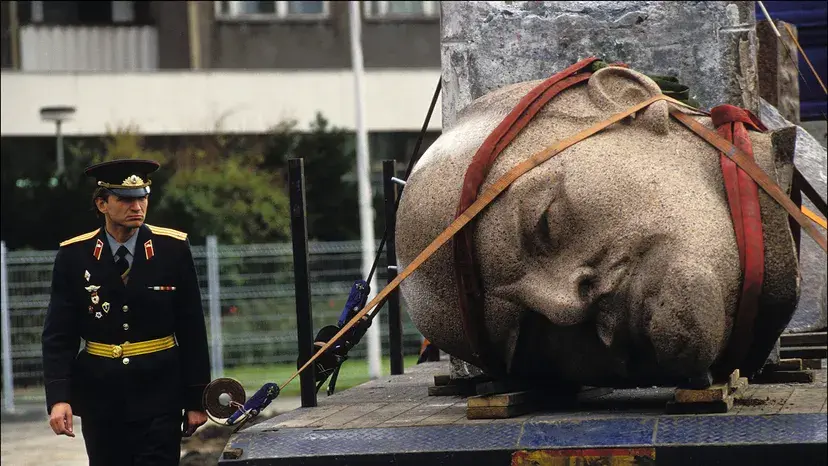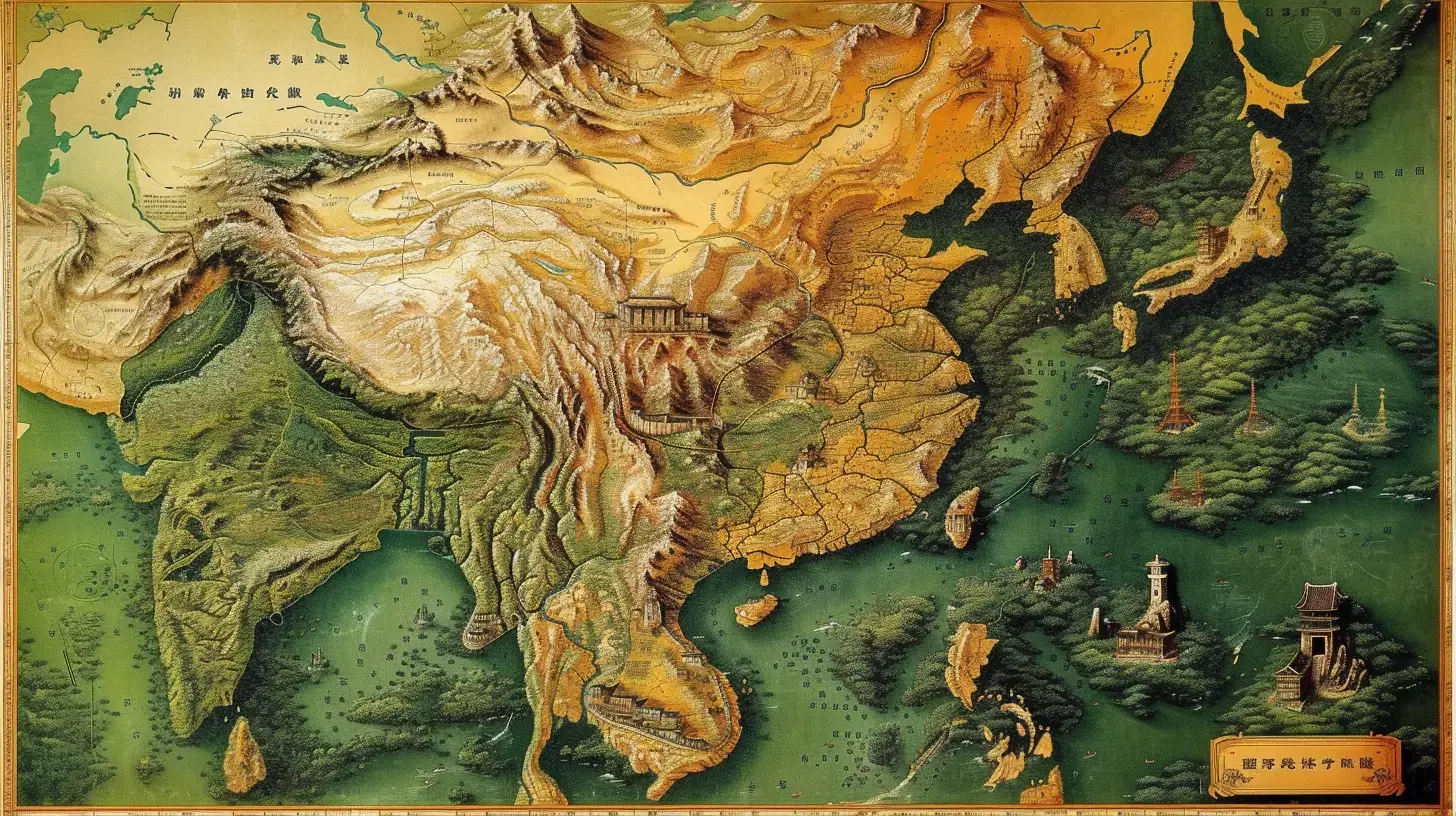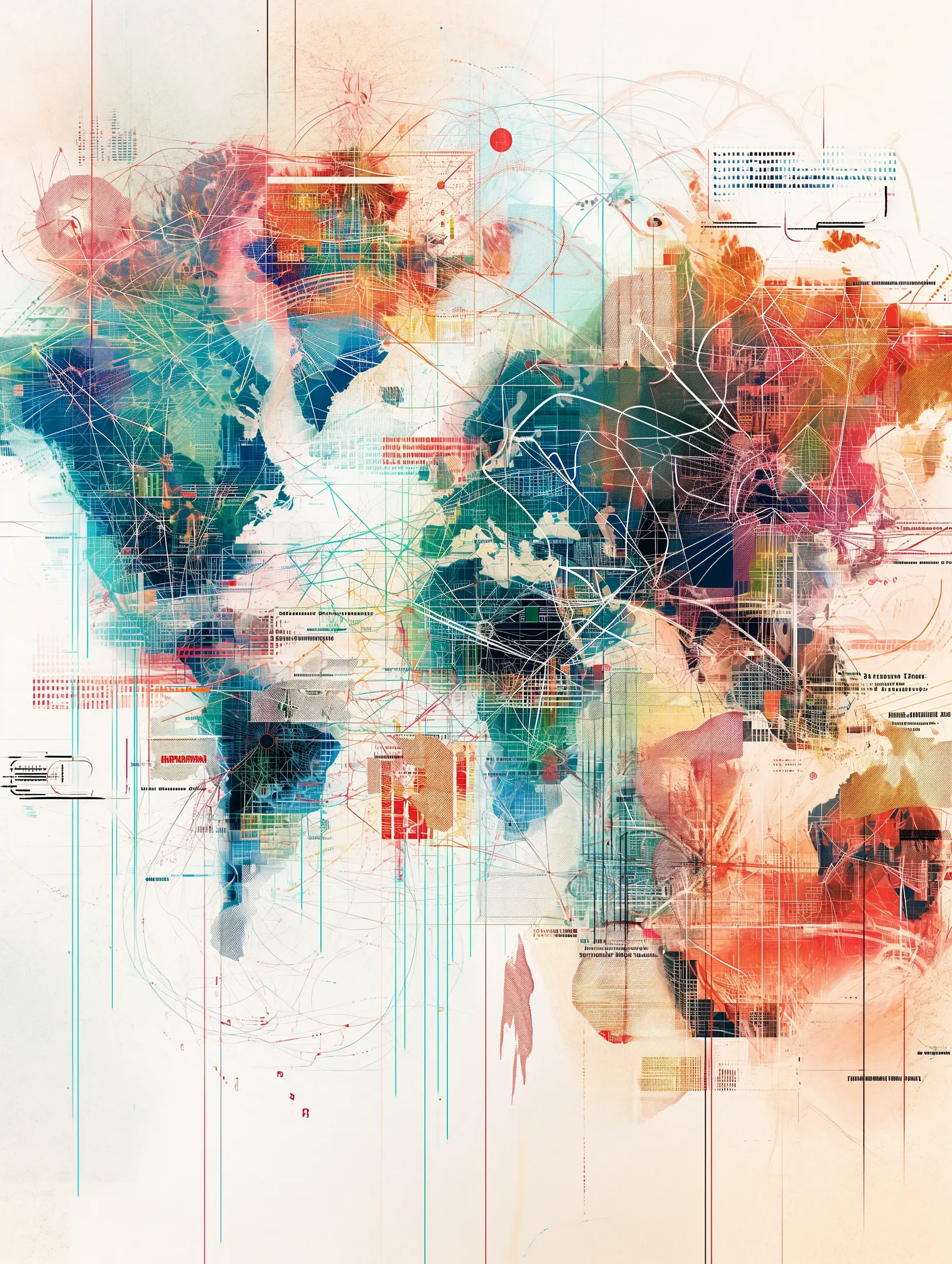In the tumultuous landscape of global history, the fall of the USSR stands as a dramatic turning point. With the collapse of the Soviet Union in 1991, the world witnessed the end of an era characterized by superpower rivalries and ideological conflicts. This monumental event not only reshaped the political and economic dynamics of the entire region but also reverberated across continents, leaving an indelible impact on international relations.
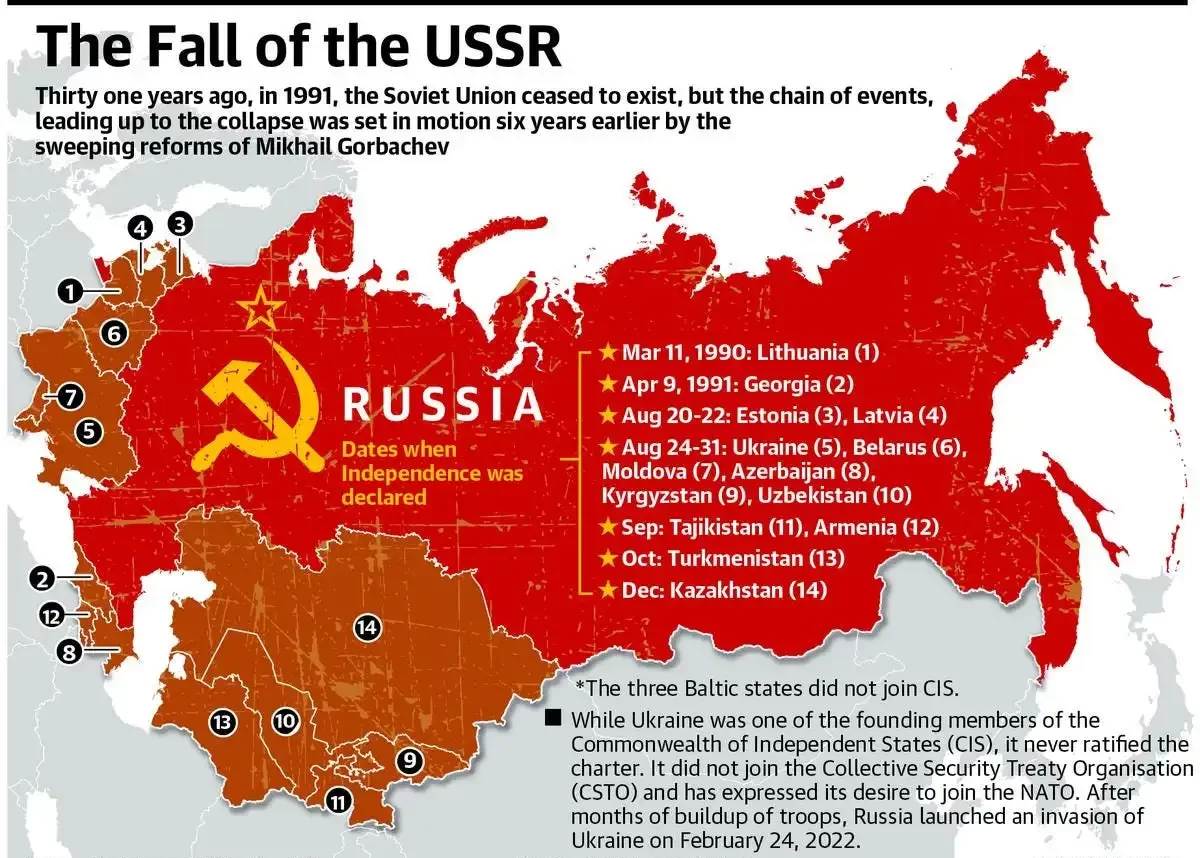
Factors leading to the fall of the USSR
The disintegration of the USSR was a result of various complex factors, including economic stagnation, political unrest, and the desire for independence among the Soviet republics. The Soviet economy had been struggling for years, burdened by inefficiency and a lack of innovation. The centrally planned system failed to adapt to the changing global landscape, resulting in a stagnant economy unable to meet the needs and aspirations of its people.
Additionally, political instability within the Soviet Union further fueled the discontent among its diverse population. Nationalist sentiments began to rise, particularly in the Baltic states and Eastern European countries, as people sought to reclaim their cultural and political identities. The Soviet Union, once seen as an invincible force, was now facing internal divisions that would prove to be its downfall.
Economic struggles and reforms
The economic struggles of the Soviet Union were exacerbated by the central planning system that stifled innovation and hindered productivity. The lack of competition and incentives for growth led to inefficiencies and a decline in quality goods. As a result, the Soviet people faced shortages of essential goods and services, further eroding their trust in the system.
Recognizing the urgent need for reform, Soviet leader Mikhail Gorbachev implemented a series of economic measures known as perestroika, aimed at restructuring and revitalizing the economy. However, these reforms were met with resistance from conservative elements within the Soviet leadership, who feared losing control and power. The economic reforms, while well-intentioned, ultimately failed to deliver the desired results, leaving the Soviet economy in a state of disarray.
Political instability and the rise of nationalism
As economic struggles continued to plague the Soviet Union, political instability became a significant challenge. The desire for independence among the various Soviet republics grew, leading to a wave of nationalist movements. The Baltic states, in particular, played a crucial role in challenging the authority of the Soviet Union, asserting their right to self-determination.
These nationalist movements, fueled by a longing for independence and freedom, further weakened the already fragile Soviet state. The Soviet leadership, under Gorbachev’s leadership, attempted to address these demands through political reforms, such as glasnost, which aimed to increase transparency and openness in the government. However, these reforms also unleashed pent-up frustrations and exposed deep-seated divisions within the Soviet Union.
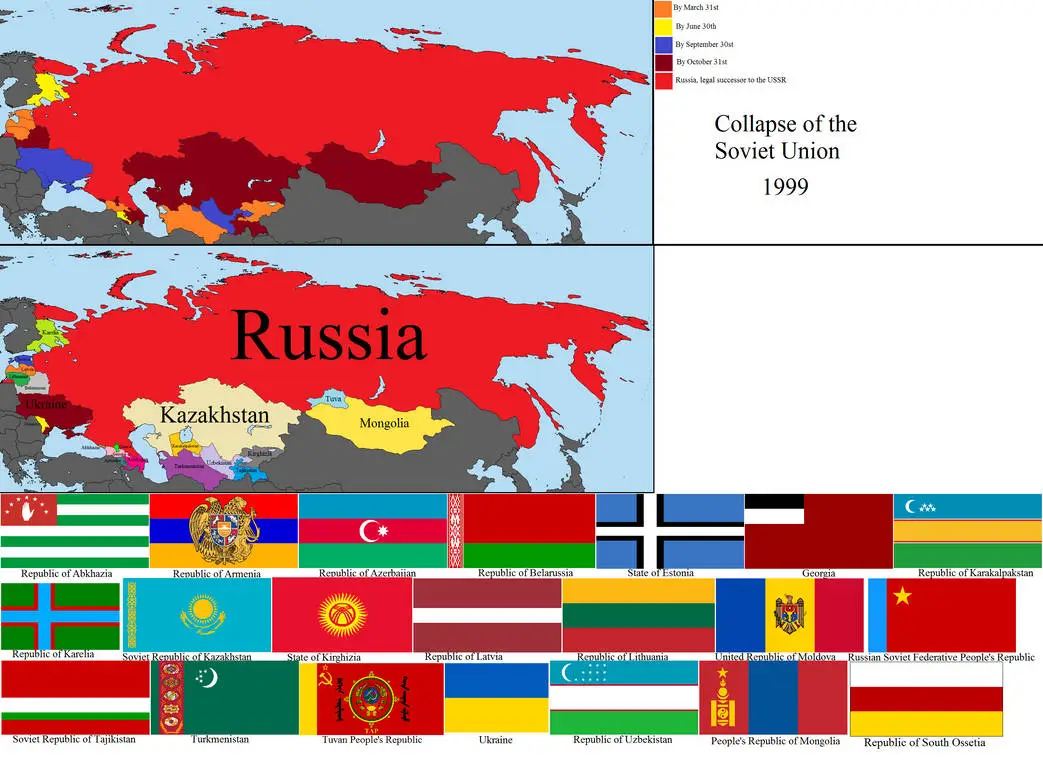
Gorbachev’s role in the collapse of the USSR
Mikhail Gorbachev, as the last leader of the Soviet Union, played a pivotal role in the collapse of the USSR. Gorbachev’s reformist agenda, driven by a desire for modernization and rejuvenation, aimed to address the deep-rooted problems within the Soviet system. However, his attempts at reform faced resistance from conservative elements within the Communist Party, who saw these changes as a threat to their power.
Gorbachev’s policies of glasnost and perestroika, while initially welcomed by many, ultimately contributed to the disintegration of the Soviet Union. The increased openness and freedom of expression unleashed long-suppressed grievances and aspirations, leading to a breakdown of the centralized control that had held the Soviet Union together for decades.
The role of the Baltic states and Eastern European countries
The Baltic states, including Estonia, Latvia, and Lithuania, played a significant role in challenging the authority of the Soviet Union and asserting their right to independence. These countries, with their rich cultural heritage and strong national identities, had long been subjected to Soviet control. As the winds of change swept across Eastern Europe, the Baltic states seized the opportunity to break free from Soviet domination.
The Baltic independence movements gained momentum in the late 1980s, with mass protests and demands for self-determination. The Baltic states’ determination to reclaim their independence became a symbol of resistance against the Soviet regime, inspiring other Eastern European countries to follow suit. The fall of the Berlin Wall in 1989 further fueled the aspirations of those seeking freedom from Soviet control.
The August Coup and its aftermath
The August Coup of 1991 marked a pivotal moment in the collapse of the Soviet Union. A group of hardline Communist Party members, led by Vice President Gennady Yanayev, attempted to seize control of the government and reverse the reforms initiated by Gorbachev. However, their coup was met with widespread resistance, as people took to the streets to defend their newfound freedoms.
The failed coup not only exposed the deep divisions within the Soviet leadership but also demonstrated the determination of the people to protect their hard-won liberties. It served as a catalyst for further disintegration, as the Soviet republics seized the opportunity to declare their independence.
The dissolution of the Soviet Union
On December 25, 1991, the Soviet Union was officially dissolved, marking the end of an era. The Soviet republics, one by one, declared their independence, forming independent nations in their place. The fall of the USSR was a momentous event, not only for the people within its borders but also for the international community.
Impact of the fall of the USSR on the world
The fall of the USSR had far-reaching implications for the world. The end of the Cold War brought a sense of hope for peace and cooperation, as the threat of nuclear catastrophe diminished. It paved the way for increased global integration and a shift towards a more interconnected world. With the United States emerging as the sole superpower, the geopolitical landscape underwent a significant transformation.
The newly independent states faced numerous challenges in the aftermath of the Soviet Union’s collapse. The transition from a planned economy to a market-oriented system brought about profound social and economic changes. While some countries successfully embraced the opportunities of the new era, others struggled with the transition, facing economic hardships and social unrest.
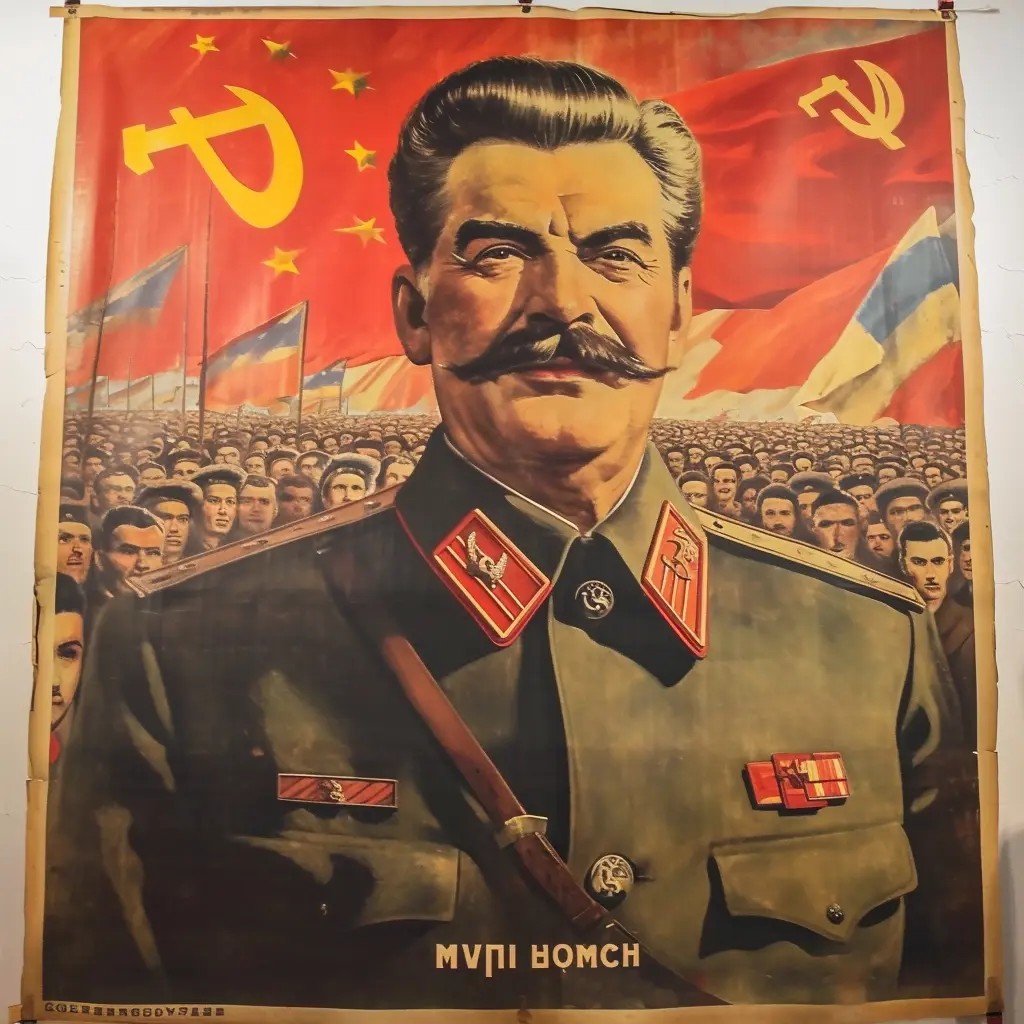
Lessons learned from the fall of the USSR
The fall of the USSR serves as a reminder of the complexities and challenges inherent in political and economic systems. It highlights the importance of adaptability, openness, and the need for continuous reform to ensure the longevity and sustainability of any nation.
As we reflect on the fall of the USSR, we must learn from the mistakes and successes of the past. It is essential to recognize the power of unity and cooperation while respecting the diverse identities and aspirations of different nations. The legacy of the USSR’s collapse continues to shape our present-day geopolitical landscape, reminding us of the profound impact that historical events can have on our collective future.
In conclusion, the fall of the USSR was a transformative event that reshaped the world order. It brought an end to an era of superpower rivalries and ideological conflicts, ushering in a new era of unipolarity. The complex factors leading to the collapse, including economic struggles, political instability, and the rise of nationalism, exposed the inherent weaknesses of the Soviet system.
The fall of the USSR had profound consequences on the global stage, impacting the lives of millions of people and shaping the geopolitical landscape we know today. It serves as a reminder of the fragility of political systems, the power of individual aspirations, and the need for continuous adaptation and reform. As we navigate the complexities of our modern world, the lessons learned from the fall of the USSR remain relevant and essential for building a more peaceful and prosperous future.
If you found this exploration into the intricate dynamics and consequences of the USSR’s collapse compelling, we invite you to delve further into the roots and ramifications of global tension in our detailed article on The Cold War. Discover more about the ideological battles and strategic confrontations that defined an era, deepening your understanding of the forces that shaped our modern world.

